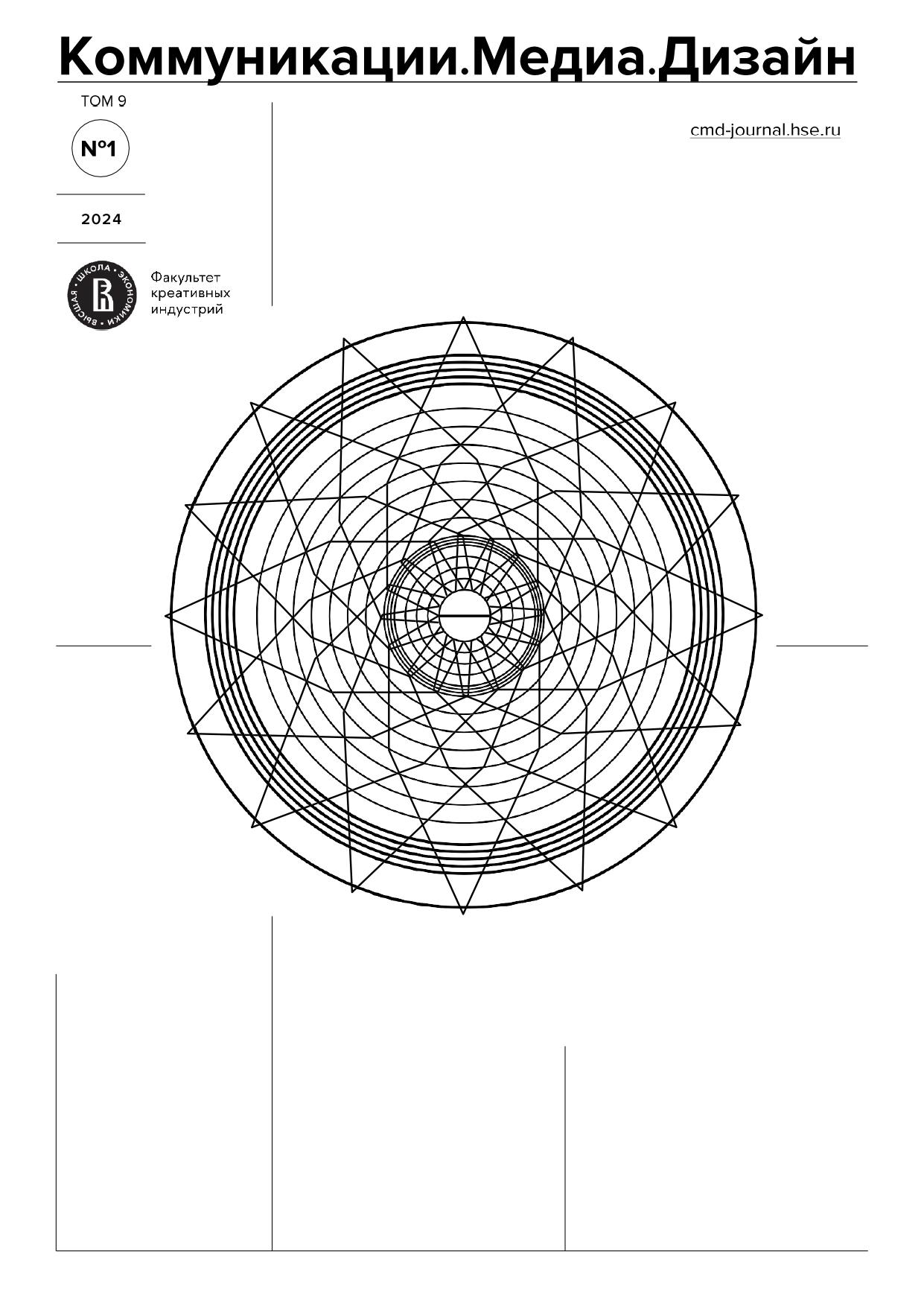On the Russian Language and Linguistics in Modern Media: Analysis and Classification (Based on the Content of Popular Science Programs, Verticals, Columns, Podcasts, Blogs)
Abstract
The work is devoted to the exploration of approaches to the presentation of popular science content about the Russian language and linguistics in Russian media in 2000–2023. The author concludes that the emphasizing of the importance of linguistics for non-linguists may become a new way of linguistics popularization.
Acknowledgement
I thank my academic advisor Marina A. Koroleva for her support at all the research stages, as well as for the firsthand stories about creation and development of the main media projects on the Russian language.
Downloads
References
Байзакова, Л. Специфика публикаций в блоге о русском языке. (2021). Русский язык в XXI веке: исследования молодых. Материалы VIII международной студенческой конференции. Сургутский государственный педагогический университет, 45–52.
Балашова, Ю.Б. Типология научно-популярной прессы начала XX века. (2017). Ученые записки Казанского государственного университета, 3(159), 76–93.
Боровой, Л.Я. Путь слова. (1960). Советский писатель.
Лазаревич, Э.А. (1981). Популяризация науки в России.
Парафонова, В.А. (2011). Научно-популярные журналы в дореволюционный период. Медиаскоп, 3. http://www.mediascope.ru/node/897
Пропп, В.Я. (2001). Морфология волшебной сказки. Лабиринт.
Тренды контент-маркетинга на 2020 год: статистика и мнение экспертов. (2020). B-MAG. https://b-mag.ru/trendy-kontent-marketinga-na-2020-god-statistika-i-mnenie-jekspertov/
Успенский, Л.В. Слово о словах. (2008). Мир энциклопедий Аванта+, Астрель.
Чуковский, К.И. Живой как жизнь. (2009). АСТ, Зебра Е.
Behrens, S., Catalano, R., Perez, J., Clark, K., & Chisholm, L. (2016). Challenging Linguistic Stereotypes on the Internet. Research and Teaching in Developmental Education, 32(2), 62–72.
Chen, K., Jin, Y., & Shao, A. (2022). Science Factionalism: How Group Identity Language Affects Public Engagement with Misinformation and Debunking Narratives on a Popular Q&A Platform in China. Social Media + Society.
Guenther, L., & Joubert, M. (2021). Novel interfaces in science communication: Comparing journalistic and social media uptake of articles published by The Conversation Africa. Public Understanding of Science, 30(8), 92–104.
Jarreau, P.B., & Porter, L. (2018). Science in the Social Media Age: Profiles of Science Blog Readers. Journalism & Mass Communication Quarterly, 95(1), 142–168.
Ophir, Y., & Jamieson, K.H. (2021) The effects of media narratives about failures and discoveries in science on beliefs about and support for science. Public Understanding of Science, 30(8), 142–168.
Pilkington, O.A. (2019). Definitions of Scientific Terminology in Popular Science Books: An Examination of Definitional Chains. Science Communication, 41(5), 580–601.
Riesch, H., Mendel, J. (2013). Science Blogging: Networks, Boundaries and Limitations. Studies in Higher Education, 38(8), 51–72.
Rowan, K.E. (1989). Moving beyond the What to the Why: Differences in Professional and Popular Science Writing. Journal of Technical Writing and Communication, 19(2), 161–179.
Teplyashina, A.N., Pavlushkina, N.A. (2016). The Transformation of Popular Science Journalism. World of Media. Journal of Russian Media and Journalism Studies, 6, 167–190.
Tikhonova, S.V., & Artamonov, D.S. (2019). The Researcher’s Image in Social Media: PRStrategies and Popularizing of Science (Conference Paper). Proceedings of the 2019 IEEE Communication Strategies in Digital Society Seminar (ComSDS), 7, 108–110.
Turney, J. (2004). Accounting for explanation in popular science texts — an analysis of popularized accounts of superstring theory. Public Understanding of Science, 13(4), 331–346.
Wang, L., & Zhong, Q. (2019). Research on the Structures and Features of Netizens’ Demand for Popular Science: A Search Data Perspective. Cultures of Science, 2(2), 129–150.
Welbourne, D.J., and Grant, W.J. (2016). Science communication on YouTube: Factors that affect channel and video popularity. Public Understanding of Science, 25(6), 706–718.

